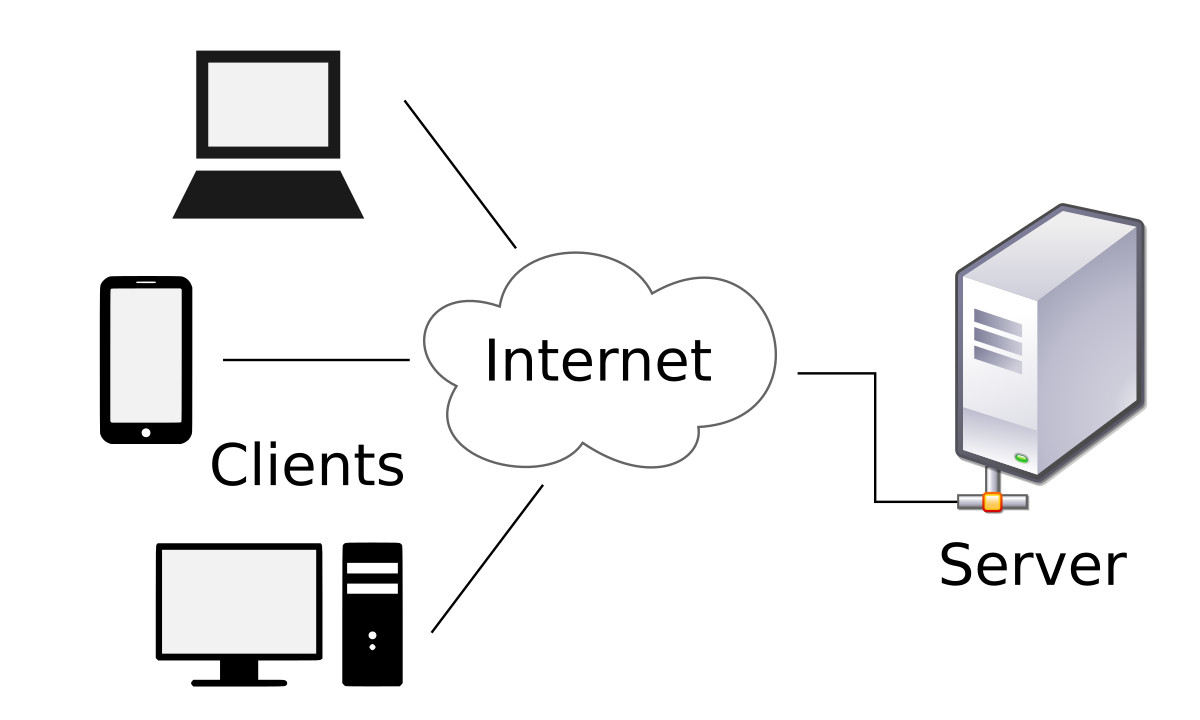Client-Server Network Example

One common example of a client-server network is a web-based application running on the internet. Let's consider a simplified scenario of a web-based email service:
-
Server Side:
- Mail Server: There is a centralized mail server responsible for handling email services. This server manages user accounts, stores emails, and handles sending and receiving email messages.
- Web Server: A web server hosts the web application interface through which users interact with their email accounts. This server serves web pages to clients and handles user requests.
- Database Server: The mail server may rely on a database server to store user account information, email messages, and other data related to the email service.
-
Client Side:
- Web Browser: Users access their email accounts using a web browser running on their devices (e.g., desktop computers, laptops, smartphones, tablets).
-
Interaction:
- Client Requests: Users initiate interactions by opening their web browsers and accessing the email service's website. They can log in to their accounts, compose new emails, read received emails, and perform other actions.
- Server Responses: When users perform actions on the web interface, such as sending an email or requesting to view their inbox, their web browsers send requests to the web server. The web server processes these requests, interacts with the mail server and database server as necessary, retrieves the required data, and sends back responses to the clients.
- Data Transmission: Data exchanged between clients and servers, such as email content, user credentials, and account settings, is transmitted securely over the internet using protocols like HTTP/HTTPS.
-
Architecture:
- This architecture follows the client-server model, where the mail server, web server, and database server act as centralized servers providing services to multiple clients (web browsers).
- The servers handle tasks such as user authentication, email storage, message routing, and data retrieval, while clients interact with the servers through a user-friendly web interface.
In this example, the client-server network architecture enables users to access their email accounts from anywhere with an internet connection, using standard web browsers without requiring any specialized email client software. The centralized server infrastructure allows for efficient management of user accounts, email storage, and message delivery, while providing a seamless and accessible user experience across various devices.
Thank you,
